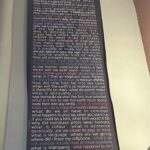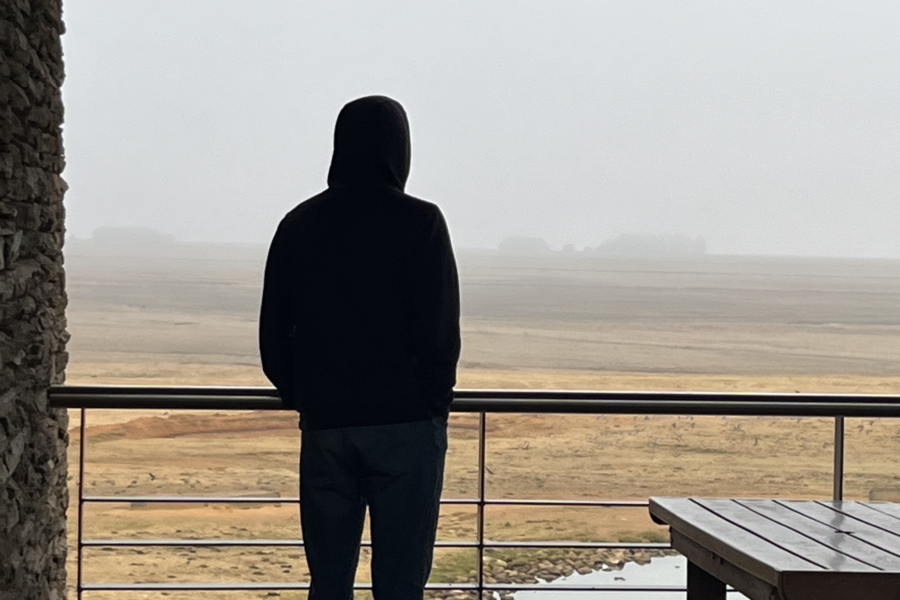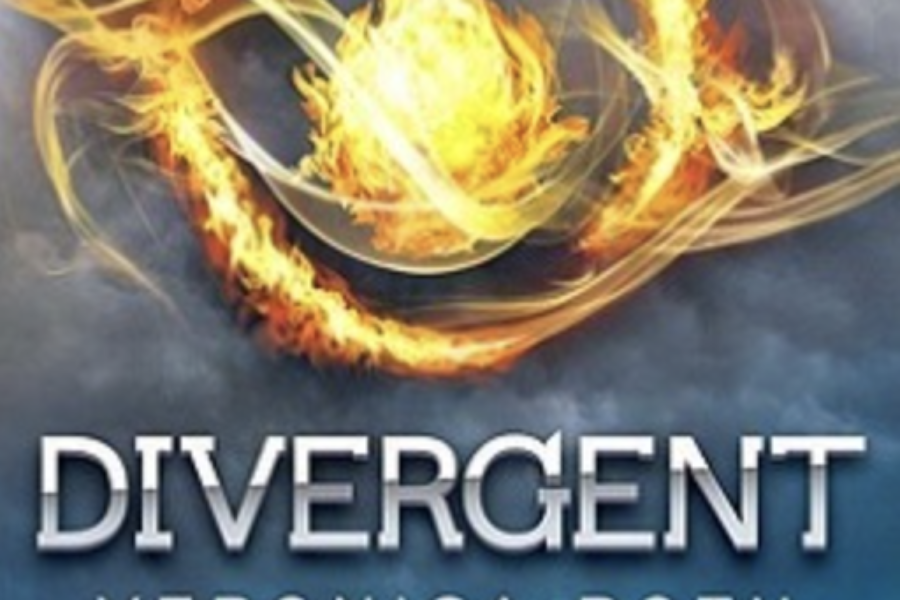Unfortunately, I’m writing this sick in bed, questioning where I got whatever seems to be afflicting Ben, Emma and I, but on the bright side, I’ve had a little extra time to reflect on our experience yesterday at the Cradle of Humankind.
When we first arrived, I was surprised that we were entering a museum-like experience. For some reason, I thought we would be exploring caves filled with fossils, digging up remains and whatnot. But this was definitely just as interesting. As Antonia mentioned in her blog yesterday, the entire exhibit experience, from the fossil gallery to the boat ride through the past, was a thrilling and interactive journey through our origins as a species.
By the end of the exhibit, I was struck by the powerful choice to simultaneously represent the joy, love, and creativity inherent to the human experience, alongside the mistakes that we’ve made as a species. Our tour guide, Martina, mentioned that if we were to compress the history of the earth into 24 hours, modern humans would only exist for about 3 seconds. This powerful analogy speaks to the profound impact we’ve had on the world in such a short time and also reminded me of a short film that was circulating the internet a few years ago that similarly put our short existence as a species in the context of all that we’ve done – both good and bad. One of the lines that stood out to me in this film is that “in the next 10-100 years, every beloved animal character in every children’s book is predicted to go extinct.” 7 years after this short film was produced, its message still holds true, and in the exhibit yesterday, there was a quote reminiscent of this very idea (see picture below).
As I continued through the exhibit, I felt a mix of emotions – a sense of hope and gratitude for everything the earth has provided us with, but also frustration at our current mistreatment of the environment and anxiety for current and future generations. The exhibit pointed out the scary fact that many scientists believe that we are currently experiencing a sixth mass extinction.
There really is a sense of beauty in the fact that humans have arisen out of such striking and extreme conditions to survive and thrive as a species, a testament to the evolutionary processes on display in the fossils of ‘Mrs Ples’ and ‘Little Foot’. But as we continue to exploit the natural resources available to us, we also have to tackle difficult questions related to sustainability and equity. The exhibit near the end of the museum prompted me to take a more nuanced look at the ways in which climate change impacts and will continue to impact our earth. Oftentimes, environmental sustainability is discussed in conversations that lack acknowledgment of the tangential issues of poverty and economic development. Sustainable development requires recognition of the historical responsibility of ‘developed’/high-income countries and a deep understanding of how energy use relates to issues of poverty. In fact, the very label of ‘unsustainable’ applies equally to matters of the environment and matters of wealth inequality and poverty. The two issues are so interrelated that to address one without addressing the other is an immense disservice to vulnerable communities in countries across the globe who already face the brunt of the climate crisis and poverty combined. On this note, the exhibit pointed out relevant questions of how countries can grow economically, address poverty, and use natural resources without depleting the environment for future generations. While there is obviously no single or easy solution to these questions, the exhibit made a clear point to call for urgent action and international cooperation.
Overall, the Cradle of Humankind importantly demonstrated how our existence as a species is a product of our relationship with the environment and nature, making the earth habitable for us. We would not be here without the great oxidation event or the cooling of the atmosphere or the use of natural landscapes for farming. But we’re also actively challenging our very existence on earth by not prioritizing addressing the critical issues of climate change and poverty.








